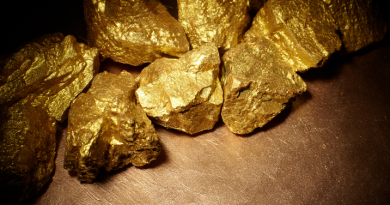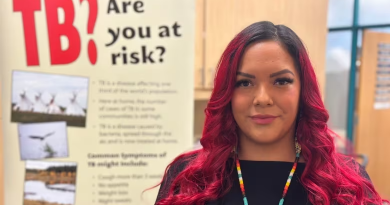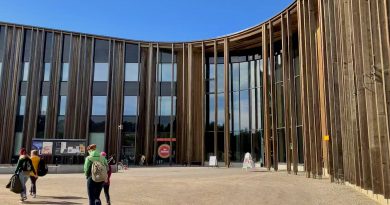Video Documentary: How indigenous knowledge is changing what we know about the Arctic
VICTORIA ISLAND, Canada_ It’s a frigid day in the eastern part of Victoria Island in Canada’s High Arctic. The sun is shining and the sky is cloudless, but unrelenting winds drive the temperature into the sub 40s.
Shielded only slightly from the wind by snowmobiles and an Inuit sleds known as komatiks, two groups of people work intently on a harvested muskox: three Inuit hunters from the community of Cambridge Bay, about three hours away by snowmobile, crouch down on the snow. Alongside them, watching, are two researchers from the University of Calgary located in southern Canada.
The muskox is an important source of meat for the hunters, but today, as they butcher the animal, they’re also working closely with the scientists, taking samples of blood, fur and bone.
In recent years, muskoxen in this area have become scarcer and the animals are increasingly being found with diseases, something climate change is playing an increasing role in. The samples will help these scientists monitor the changes that are happening.
Is climate change making the muskoxen sick on Victoria Island?
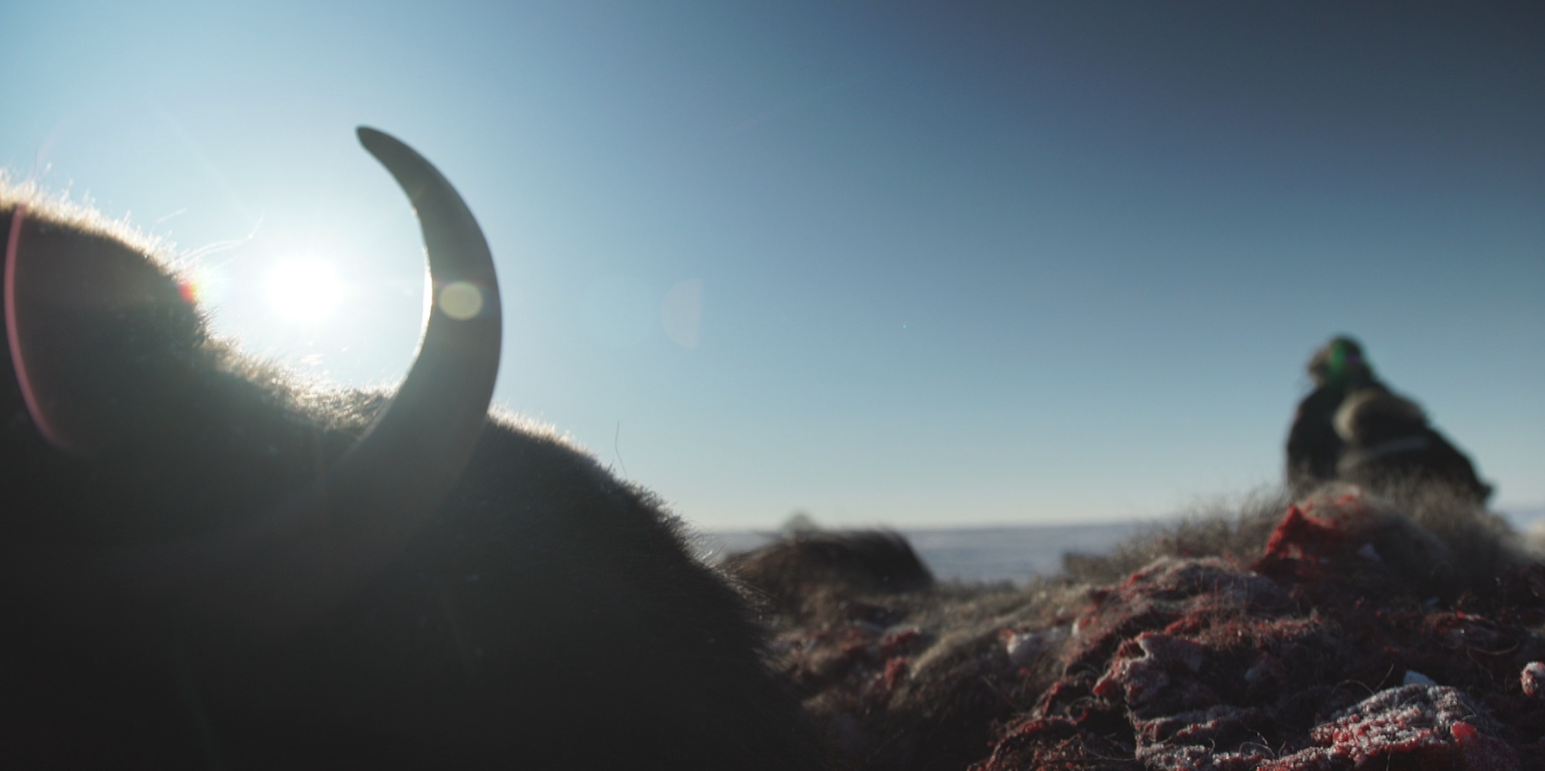
Hunters Colin Amegainek, Ryan Angohiatok and Roland Emingak turn the animal over, and start their work.
University of Calgary veterinary science professor Susan Kutz examines the animal’s nose and mouth, explaining what she’s looking for, as she goes, to PhD student Juliette Di Francesco.
Throughout the work, Amegainek looks back over his shoulder to see how the scientists are doing, giving them tips on manipulating tools and working in the extreme cold.
At one point, he overhears Kutz warning Di Francesco about the importance or working quickly before the tools build up with ice.
“Susan, I put my knife in the meat to stop it from icing up,” he says. “See?”
He pushes his knife into the harvested animal. A few seconds later, he pulls it out, the blade again smooth and sharp.
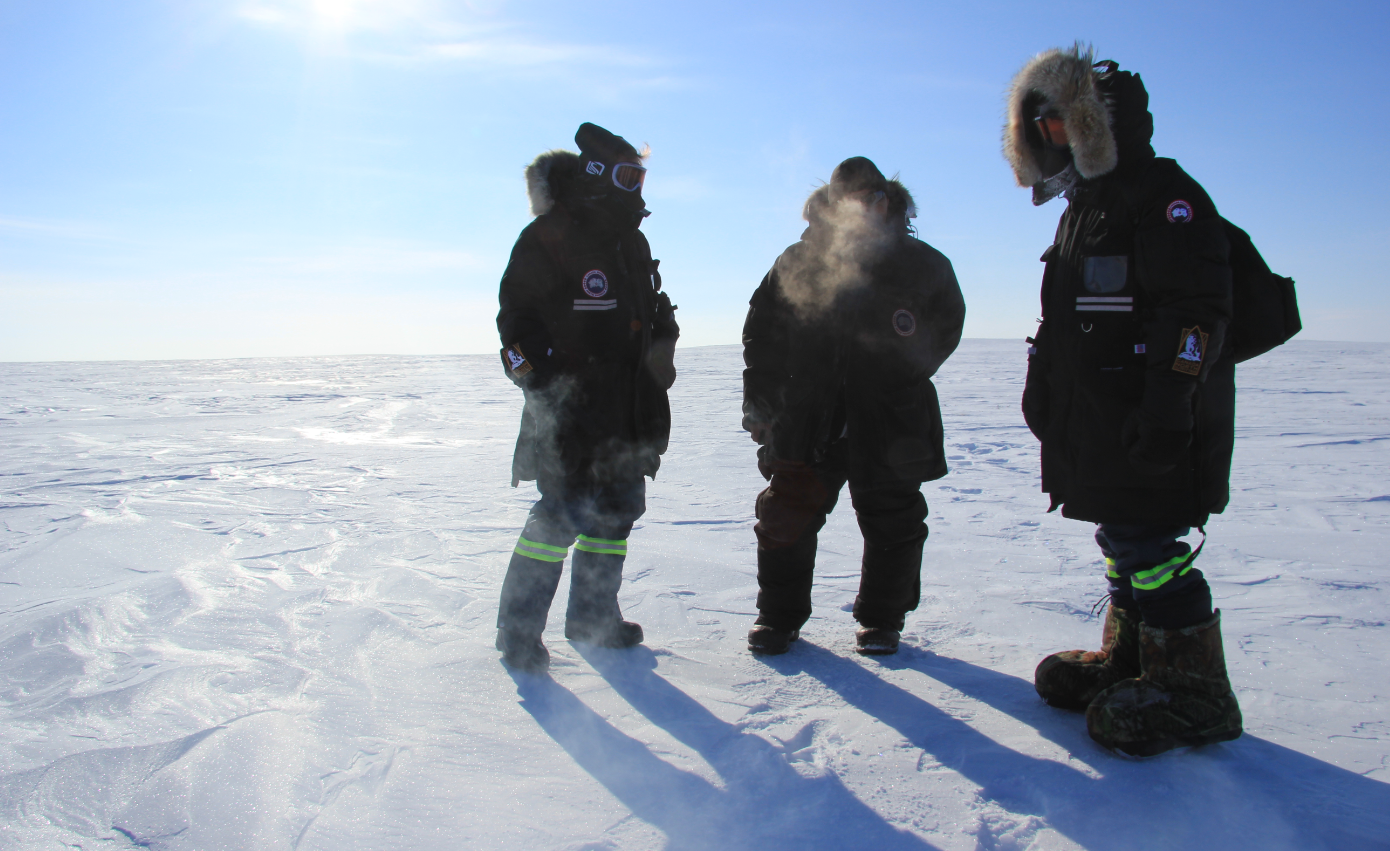
As the animal is opened up, the hunters stop to explain to the scientists what they’re seeing in the animal that’s different from the past.
Later on, the scientists examine the abnormalities they’ve seen, pausing to explain to the hunters what might be responsible, how it might have gotten into the animal, and which of the infections or diseases would, or wouldn’t be, harmful to humans.
The two groups continue their work until the sun starts to lower on the horizon and it’s time to head back to the community.
In this case, they had to leave the meat behind.
There was too much wrong with the animal.
Unprecedented environmental change
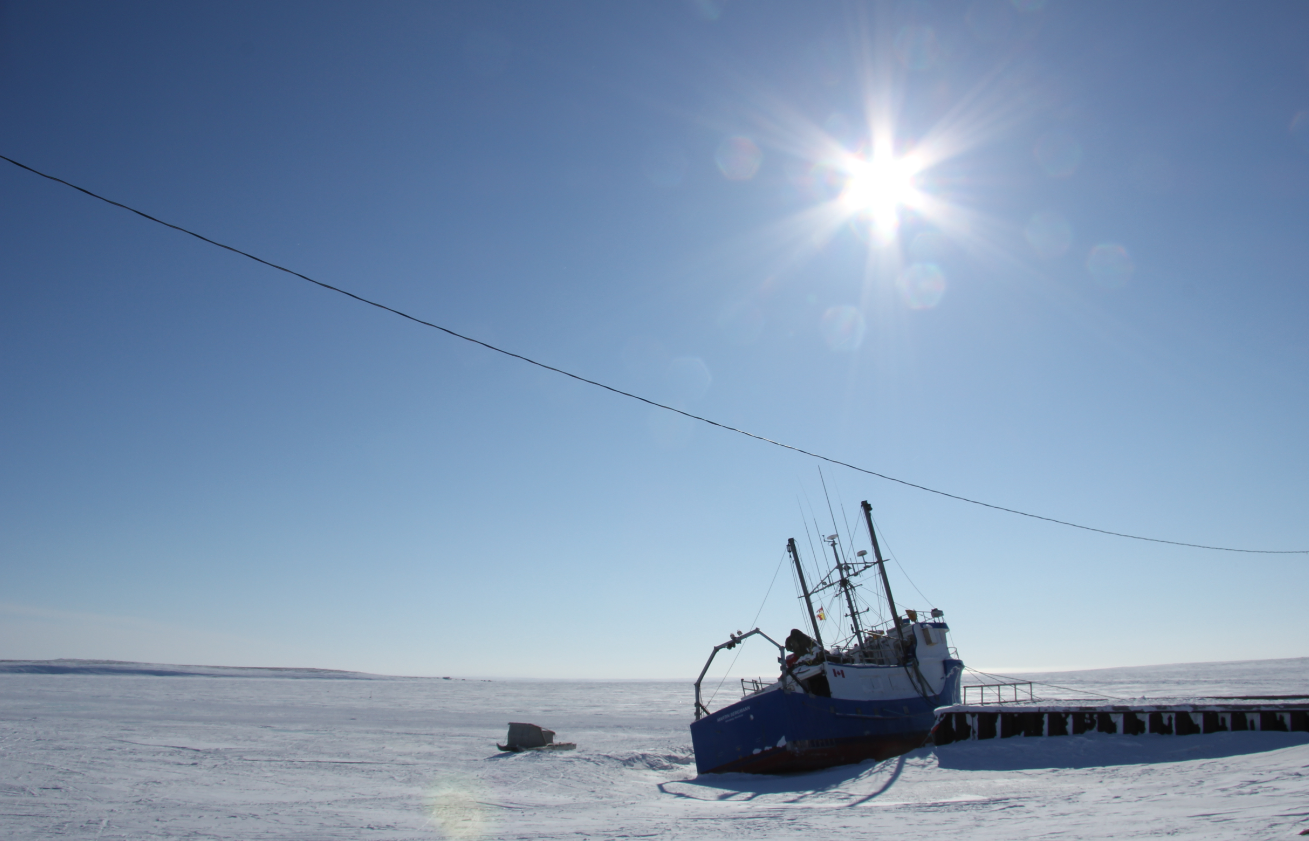
The Arctic is warming at twice the rate as the rest of the world and Arctic indigenous communities are suffering the effects at a disproportionate rate.
Much of the climate change discussion in the South still focuses on symbols, like polar bears, and the future consequences of global temperature increases.
But Arctic Peoples are already facing the massive consequences of unprecedented environmental change and it’s touching every aspect of their lives from the economy and infrastructure, to food supply interruptions, invasive species and the transmission of hunting culture from one generation to the next.
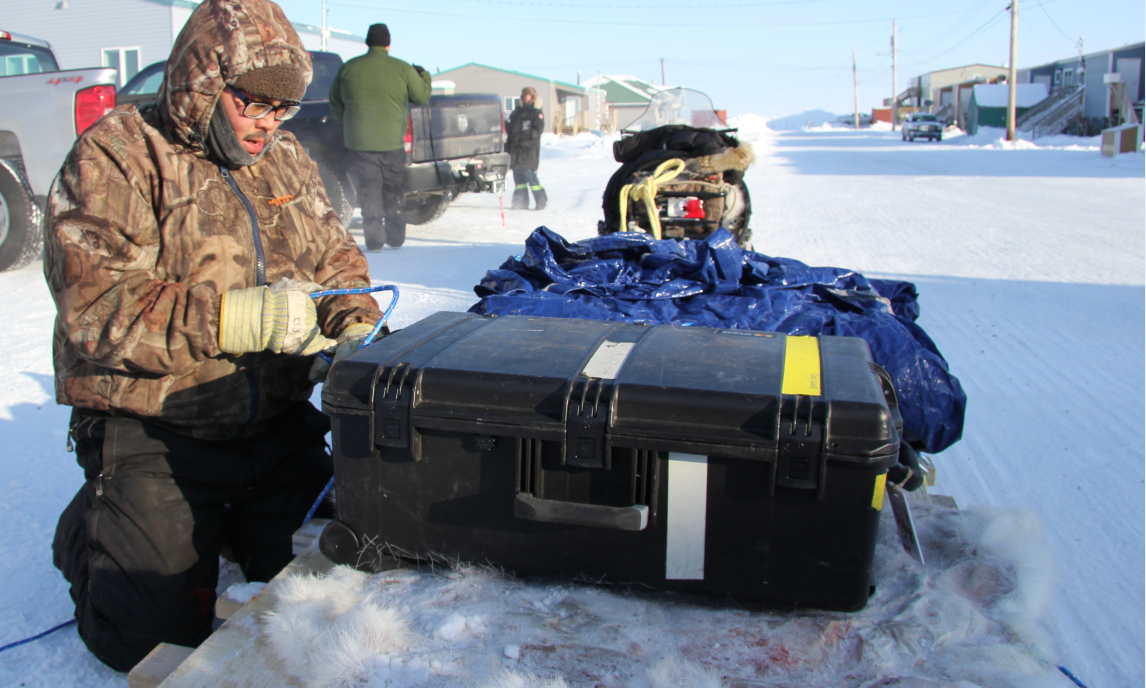
But northerners aren’t just victims of global warming.
In many Arctic communities, Indigenous Peoples are actively collaborating with scientists, pushing climate change research into important new areas, not only for them, but also for the rest of the world.
“What I learn from the hunters very much informs my research,” says Susan Kutz, the University of Calgary professor, a specialist in Arctic animals and the impacts of climate change.
“Our scientific presence (in the Arctic) has not been that long. But the knowledge in the community, the people who are out on the land are the ones who have seen more muskoxen than I ever will see in my lifetime. They’ve handled more muskoxen and they’ve got knowledge that’s been passed down over generations.”
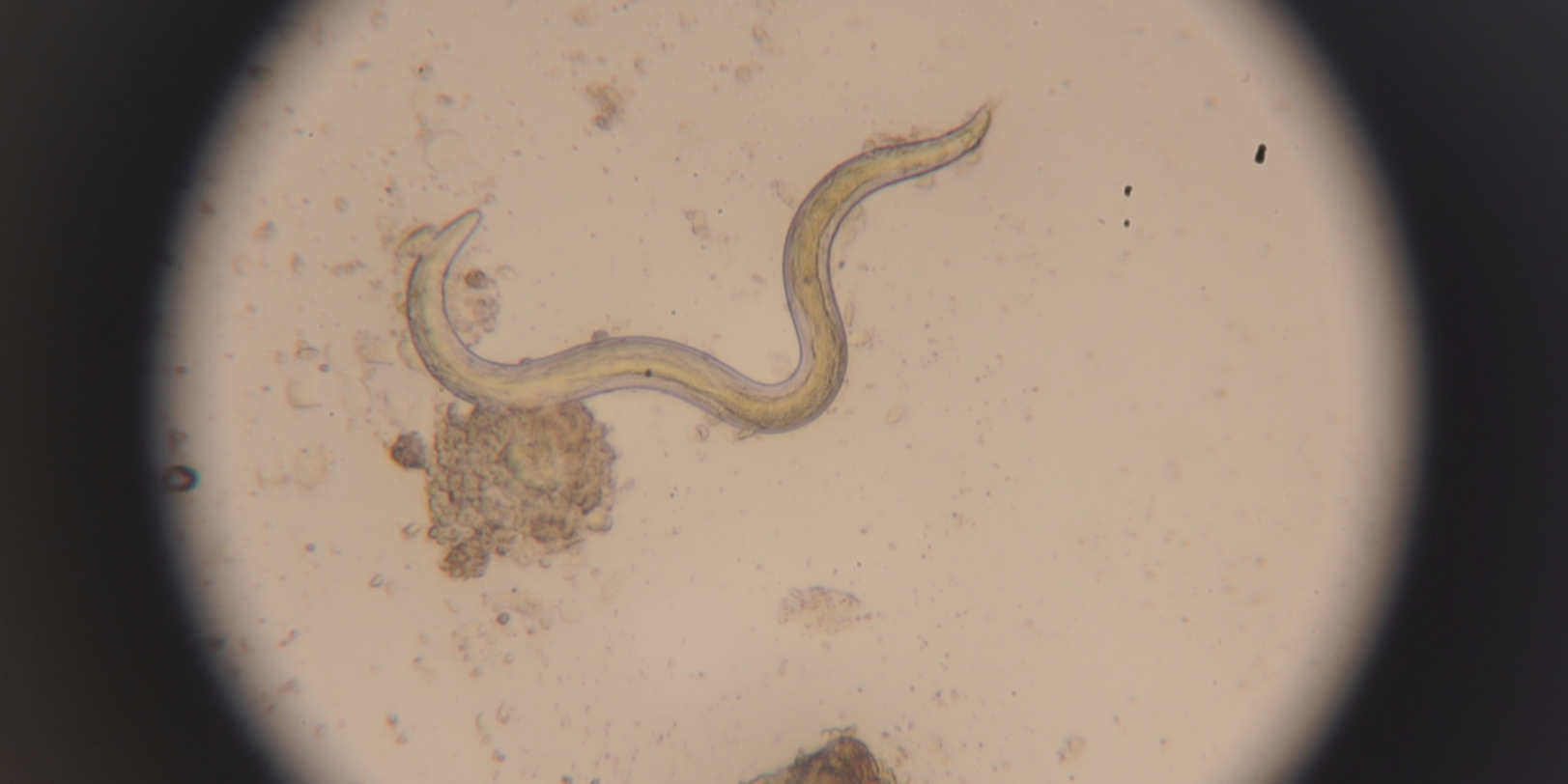
The muskox lungworm was first discovered in 1988. In 1995, it got its official name, Umingmakstrongylus pallikuukensis, derived from Inuinnaqtun, the Inuit language dialect spoken in Cambridge Bay, Nunavut. Umingmak means ‘muskox’ and pallikuuk is the name of the river valley it was first discovered in. – Susan Kutz, University of Calgary
For more about the lungworm’s affect on some of Canada’s muskox populations:
Video Documentary: Is climate change making the muskoxen sick on Victoria Island?
Building relationships
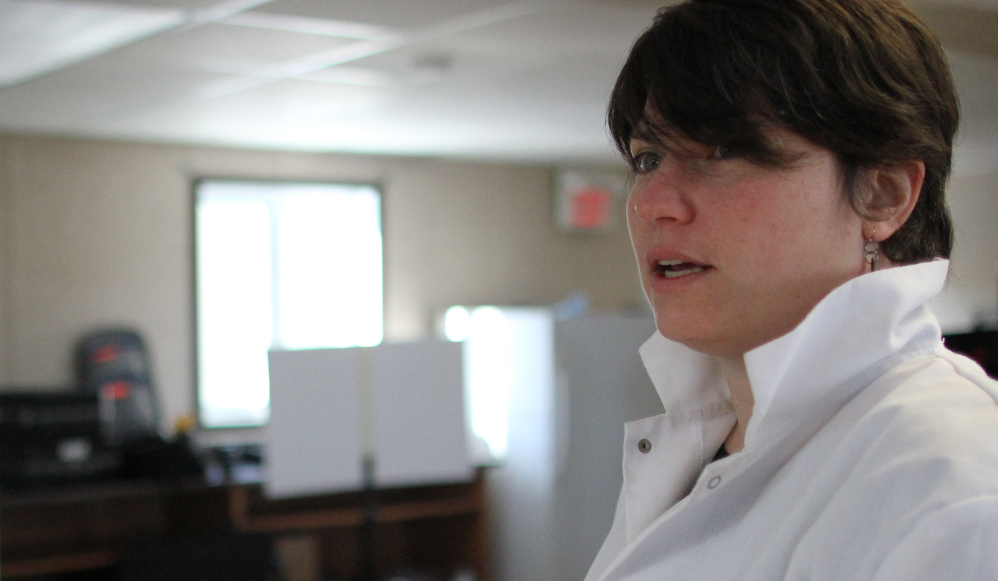
Since 2010, the community of Cambridge Bay, Nunavut and the University of Calgary, have partnered up on the Muskox Health Monitoring Program to research the changes hunters have been reporting in the animals.
Six years later, the partnership is still going strong.
Along with the local outfitter, the hunters collect sample kits from the animals they harvest when they’re out on the land. They also participate in regular interviews with the researchers about the changes they’re seeing, explaining how that compares to what they saw out on the land when they were growing up and what’s been passed down to them from elders:
In this series, we offer you three short video vignettes featuring University of Calgary researchers talking about their partnership with Cambridge Bay and how the hunters observations there are incorporated into the research being done with the community:
VIDEO SERIES: Gathering science in the Arctic
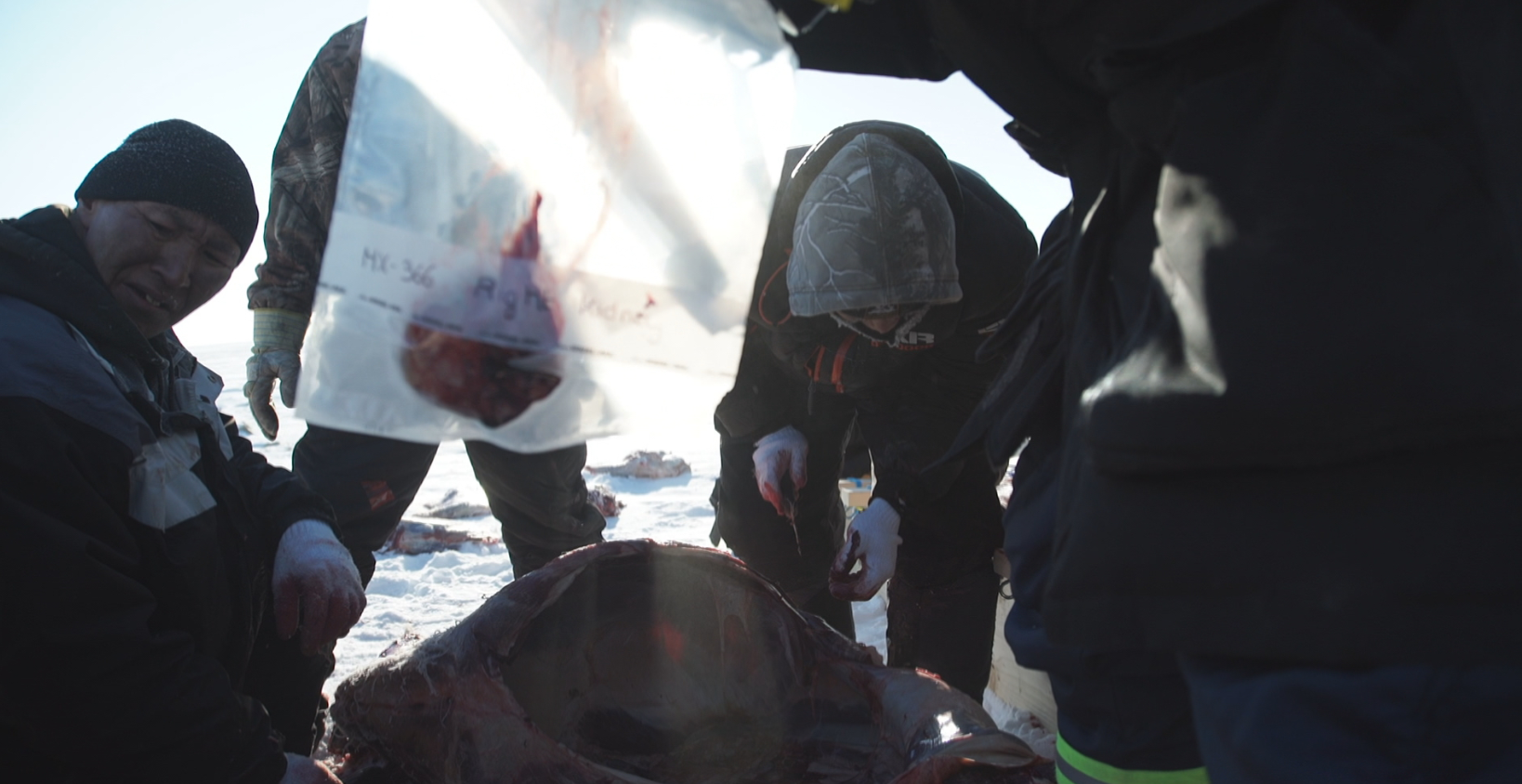
As for the scientists, they give the hunters and community members regular updates on the research, how it’s being used, how it could be useful to the community and what the the wider implications of the research are for the rest of the world.
Bobby Greenley is the head of the Ekaluktutiak Hunters & Trappers Organization in Cambridge Bay and he says the Muskox Health Monitoring Program is an example of how things work in the Arctic when things are done right and scientists include the community as partners.
“(Usually) we have to bug people to get information,” Greenley said to the University of Calgary scientists when they came to give a research update to the Hunters & Trappers Organization this year. “It’s nice that you’re just coming forward to talk about this. It’s our land.”
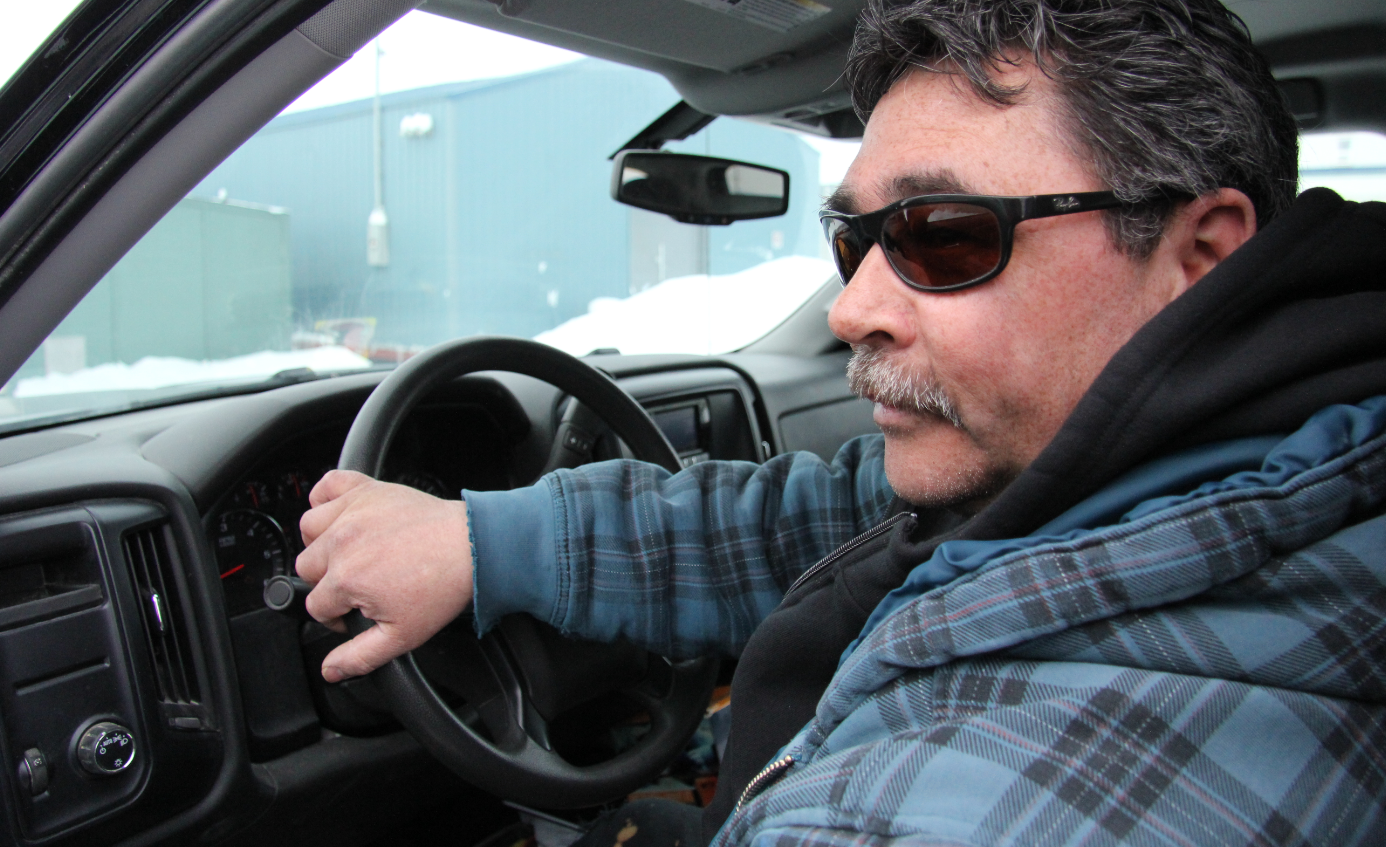
In a later interview with Eye on the Arctic, Greenley said he made those comments because, even nowadays, some scientists still don’t acknowledge the importance of indigenous knowledge of the land and animals and how incomplete their work will be without it.
“Traditional knowledge is probably one of the best things for people when they do come up here. Get that, and then it’s a good starting point for everybody instead of just ‘OK! We’re here and we’re going to go out there!’
“Well, you can’t do that.”
Pan-Arctic challenges
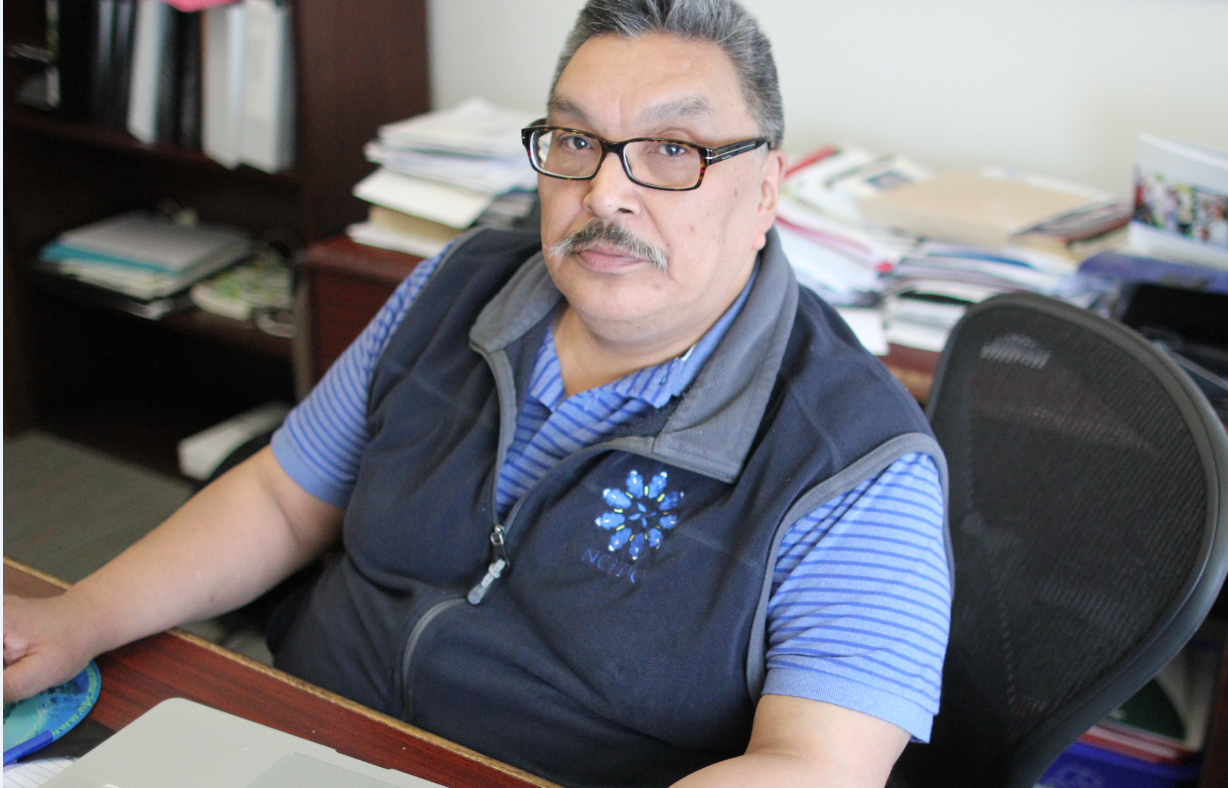
In many parts of Canada’s North, scientists applying for grants or research permits are increasingly required to say how their work will involve local communities and how research findings will be reported back to northerners.
But rules and requirements vary, as they do in other regions of the circumpolar world.
Many scientists are well-intentioned, but often don’t receive the cultural knowledge and institutional support they need to work effectively with northern communities, say the representatives of Arctic indigenous groups interviewed for this story.
“The North is one of those places where you can’t just drop in to a community, three days before you start your research, and say ‘We’re here to work with the community,’ says Jim Gamble, head of the Alaska-based Aleut International Association, the organization that’s the co-lead of an upcoming Arctic Council report on indigenous knowledge to be released in 2017.
“It takes time. It takes relationship building. It takes working cross-culturally. Sometimes, even if the scientists know that, they don’t have the funding or institutional support to do what needs to be done.”
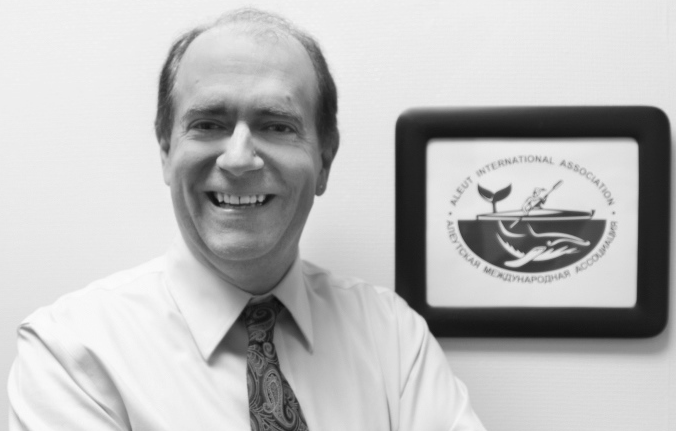
Gunn-Britt Retter, the head of the Arctic and Environment Unit of the Saami Council, the organization that represents the Arctic indigenous reindeer herders of Sweden,
Norway, Finland and Russia, says things are improving in some areas but that global interest in the Arctic is increasing at a faster rate than the scientific community’s knowledge about the lives and cultures of Arctic Peoples.
“(Indigenous people) acknowledge that we don’t have all the answers and that we need scientists to help us cope with the changes we’re seeing (in the Arctic), but scientists do not always acknowledge that this is also true for them and they need us for the same reason.
“Oftentimes it still seems scientists think of traditional knowledge as ‘information,’ something to decorate your work with to get quotes. I think there’s a lack of understanding that this is actually a knowledge system that governs our way of life and culture and that without it, you only have half the picture.”
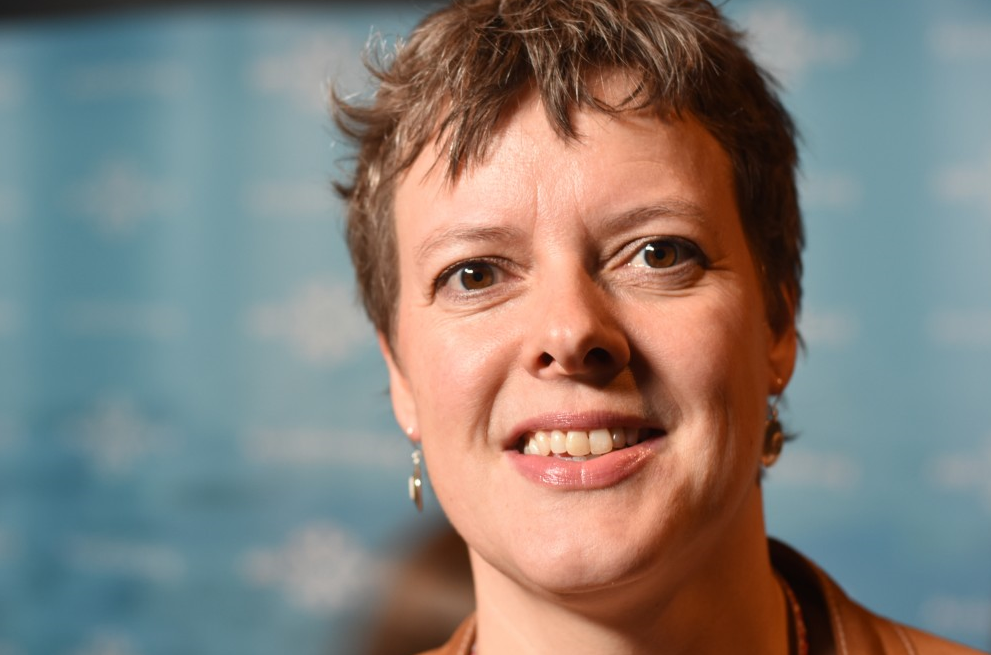
Listen to more of Eye on the Arctic‘s conversation with Gunn-Britt Retter, head of the Saami Council’s Arctic and Environment Unit, for more on why indigenous knowledge needs to be integrated into government policy and the role indigenous scientists and institutions need to play:
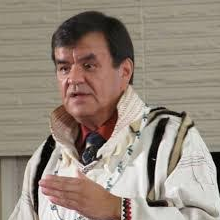
Larry Merculieff, 67, grew up living a traditional Unangan lifestyle on Saint Paul Island, Alaska, located in the Bering Sea between Russia and the United States.
He has vivid memories of when the community first noticed the effects of global climate change in the 1970s, and the difficult relationships that ensued when scientists came to do research in the region.
“If researchers worked with indigenous communities when formulating their hypothesis, and accepted indigenous knowledge as science, instead of just anecdotes, climate change research would be decades ahead of where it is now,” Merculieff says.
“(We’re facing) a climate crisis, not a climate change and we don’t have much time,” he says.
“Our people have survived (in the North) for thousands and thousands of years based on this native way. (Traditional knowledge) is one hundred per cent accurate when you consider that decisions that individual hunters, fishermen and gatherers make when they go out have to be perfect. Otherwise someone may die or the community may go hungry. ”
University of Calgary professor Susan Kutz says good relationships between scientists and Indigenous Peoples around the circumpolar world will be key in the future as the global community becomes more and more affected by climate change and Arctic species increasingly come under threat.
“The Arctic warming faster than the rest of the globe and the more we can understand about how climate is affecting diseases in the North, the more we can take that and use that as a bit of a model for other systems to understand what’s going to happen with malaria and what’s going to happen with a number of human diseases. The work (we and the community) are doing provides a model for doing some of that work.
“Ultimately what we strive to do is develop a system where we can have ongoing monitoring that incorporates these different bodies of knowledge and integrates them, ” Kutz says. “Not ‘this is one and this is the other’ and they’re two different bodies, but that they’re together.
Hunter Colin Amegainek agrees.
“We learn from each other,” he says of being out on the land with the researchers.
“Life is a learning process and we learn everyday.”
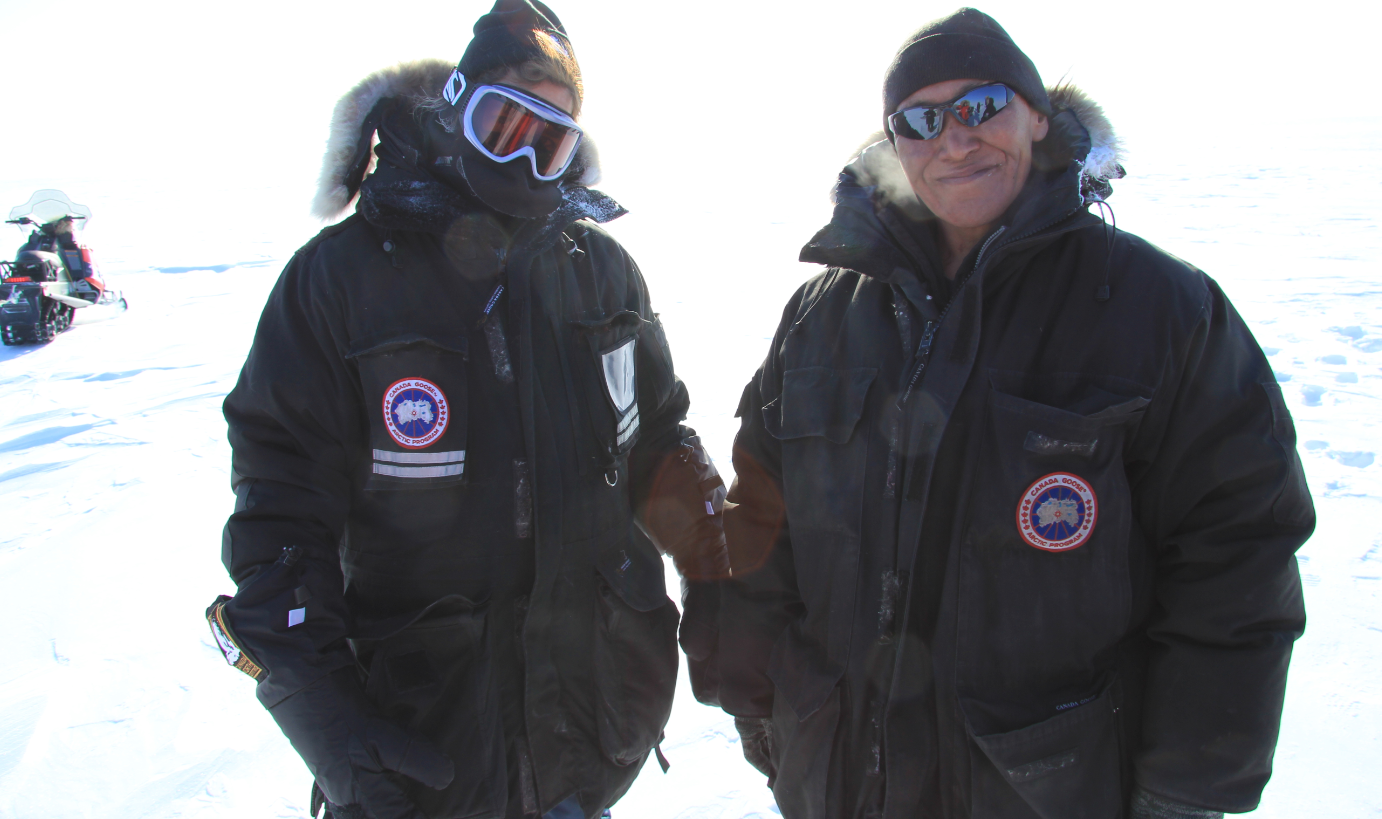
Write to Eilís Quinn at eilis.quinn(at)cbc.ca
Related stories from around the North:
Canada: Is climate change making the muskoxen sick on Victoria Island?, Eye on the Arctic
Finland: Sámi spokesperson urges respect for nature, Yle News
Greenland: What the EU seal ban has meant for Inuit communities in the Arctic, Eye on the Arctic
Iceland: Feature Interview – Hunting culture under stress in Arctic, Eye on the Arctic
Norway: Indigenous Peoples’ knowledge can help us prevent climate changes says Ban Ki-moon, The Independent Barents Observer
Russia: Russia brands Arctic indigenous organization as “foreign agent”, The Independent Barents Observer
Sweden: Arctic missing from Paris climate agreement, Eye on the Arctic
United States: White House – No nation an island on Arctic science, Alaska Public Radio Network

